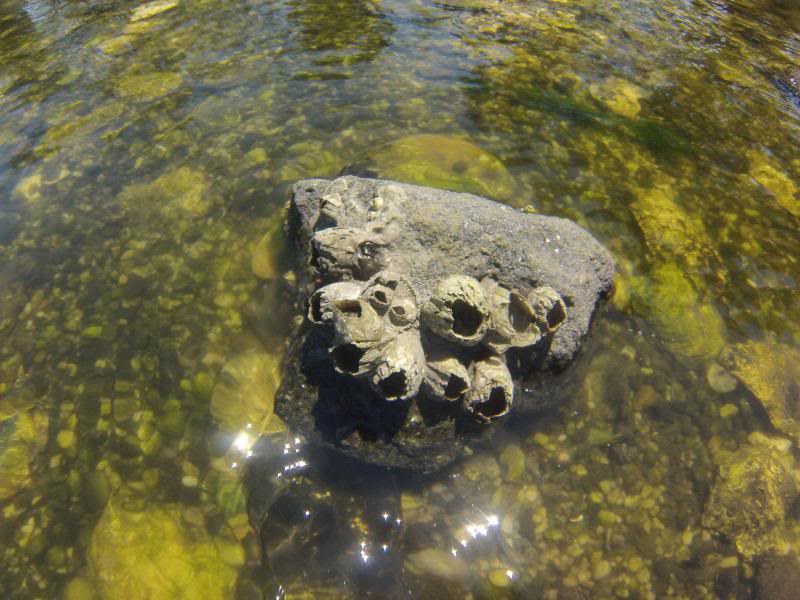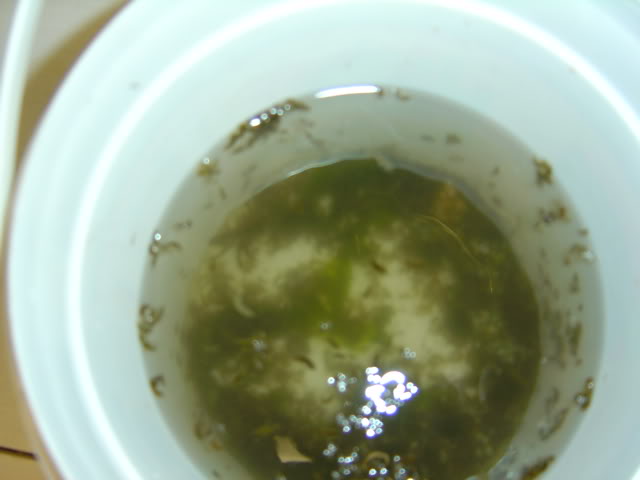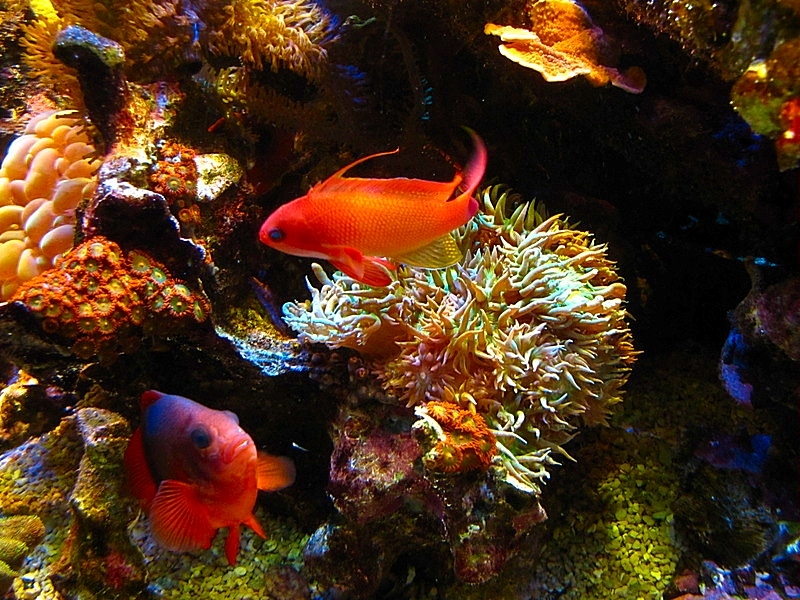- Joined
- May 26, 2017
- Messages
- 278
- Reaction score
- 614
the relationship between aragonite, P, and bacteria is very important in our systems. the equilibrium state of calcium carbonate and P can be quite different between very localized areas. between LR and substrate. LR can have flow all around it and the more flow the better for the removal of any bacterial flock that can accumulate. in a substrate this is not as possible. gravity and even the benthos are not able to remove the bacterial flock (detritus). it is slowly worked down into a substrate. we can test this as any substrate of a few months old when stirred will produce grey detritus. the more bacterial flock/detritus in the substrate the higher the localized P equilibrium.
any disturbance of a large amount of detritus/substrate can cause a sudden spike in nutrients. a PH falling and stirring up the substrate. a light over an ATS/live sump going out. any large group of organism(s) is a nutrient sink and has the potential to release its bound nutrients if it dies. the potential is there for all of its bound nutrients to be released. if it wasn't there, the potential is not there.
with large nutrient sinks it is difficult to tell where the balance between imports and exports are as they can take in a lot of nutrients and still give "good parameters". if there is significant grown in a given support organism, than this is a good indicator that the exports are not keeping up with the imports.
as for the sundaes. what are you doing with all of the waste that your guests are producing while they are in the house consuming the sundaes? sorry, you can come over and have sundaes every week, but you are not allowed to use the restroom or breathe while doing so.if any sundae consumers in the house were to use the restroom, than they would be exporting waste, which is not applicable in this comparison as this waste is a pet in order to support the higher organism used for nutrient export (algae, as algae is not able to utilize organic nutrients). imports and exports would not be in equilibrium.
i do not hover over my systems. far from it. i am probably one of the laziest reefers out there. i do however design my systems for detrital export. i have tons of flow (72X). i have CLS's located behind LR. i run BB. i run skimmers with more throughput than most (1000gph), and i make sure that all of the water that goes through the sump (setup backwards from a normal sump) will go through the skimmer at least once before being returned to the display (return 800gph). i do not have any live sumps (hobby refugiums). i have filter socks on the drain lines that are replaced every few days. every few months i would hit some areas in the display to remove accumulated sand from bacterial activity that is to heavy to make it to the sump.
G~
My main tank is a bare bottom tank with the exception of a small area in the center for my wrasse. Which is stirred up nightly. I agree access to detritus in a substrate can be severely limited in certain situations - which is problematic. And I have found it more difficult to sustain substrate microfauna. I use Figi mud in my refugium which seems a bit easier for the microfauna to navigate. But that is really a substrate issue more than a "detritus is bad" issue.
And yes - microfauna and bacteria populations will increase CO2 levels. But macroalgae growth will decrease CO2 levels. I suspect a refugium's overall effect on pH is rather neutral if not beneficial. So it seems a stretch to claim harvesting algae, bacteria & microfauna is a risk to tank pH levels.
And yes - microfauna, bacteria & algae are nutrient sinks. But so is everything that is alive in a tank. A tank full of coral is a huge nutrient sink. A fish is a nutrient sink. Anything can die and release bound nutrients. It seems odd to argue that a tank with less things living in it is better. I suppose a tank with one fish poses less risk than a tank with six fish. But it's not all about reducing risk. Mostly it just strikes me that you don't like algae and amphipods and prefer not to grow them. That's perfectly fine - but that's not really an argument against growing and harvesting organisms as a tank export mechanism.
Again, this is basically just an import / export issue. You prefer to export waste prior to decomposition. Which of course works. But you lose out on live food for your fish and corals. Siphoning, significant water changes and frequent filter sock replacements seems much more labor intensive and aquarist dependent than occasionally harvesting algae and bacteria. (I personally have no interest in getting "detritus out as fast as it is produced".) Harvesting biomass after waste decomposition also seems more adaptive to a tank's changing water chemistry. You can do whatever you want with your own tank but I'm still of the opinion detritus is a benign source of nutrients.






















